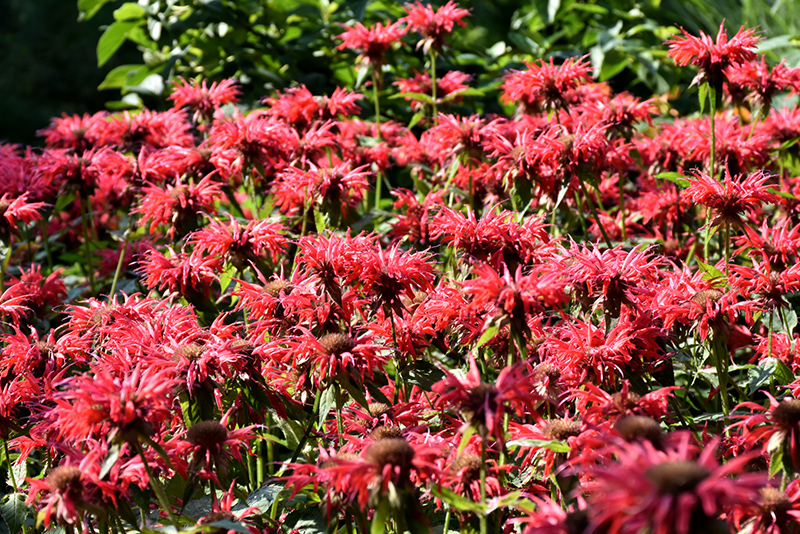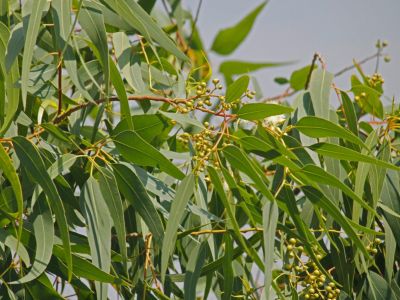How To Grow And Care For A Passionfruit Plant
Passion Fruit Plant – A Delicious Addition to Your Garden Passion fruit is a tropical fruit that is both delicious and healthy. If you're in Bangalore and looking for a new addition to your garden, a passion fruit plant may be just what you need. With its stunning blooms and fruit, this plant adds an exotic touch to any garden. Plant Attributes The passion fruit plant, also known as Passiflora edulis, is native to South America. It's a climbing vine that can reach up to 20 feet in height. The blooms are large and showy, with petals that range from white to pink and purple. The fruit itself is round, with a tough outer rind that can be either purple or green depending on the variety. Plant Care Passion fruit plants prefer a warm climate and well-drained soil. They require full to partial sun and regular watering to thrive. The vines are heavy feeders, so fertilize regularly with a balanced fertilizer. Additionally, passion fruit plants do best when planted in fertile, well-drained soil. Pruning Pruning is important for keeping your passion fruit plant healthy and productive. It's best to prune your plant after it has produced its fruit. Cut back any dead or diseased wood, making sure to leave only healthy growth. Propagation Passion fruit plants can be propagated from seeds or cuttings. If you're starting from seed, sow the seeds in a container and keep them moist until they germinate. Once they've sprouted, transplant them to individual pots until they're big enough to be planted in the ground. Alternatively, take a cutting from a mature plant and place it in a pot filled with moist soil. Keep the soil moist and the cutting should take root within a few weeks. Potting & Repotting When potting a passion fruit plant, choose a pot that's large enough to accommodate the plant's size. Use a good-quality potting mix that's formulated for fruit trees. Make sure the soil is well-drained and that the pot has drainage holes. When repotting, wait until the plant has outgrown its current container before moving it to a larger one. Common Pests & Plant Disease Passion fruit plants are susceptible to a number of pests and diseases, including nematodes, mites, and fungal infections. Watch for signs of pests, such as wilting, yellowing leaves, and stunted growth. If you suspect an infestation, treat the plant with an appropriate insecticide or fungicide. Common Problems One common problem with passion fruit plants is leaf yellowing. This can be caused by a variety of factors, including nutrient deficiencies, overwatering, and pests. If you notice yellowing leaves, check to see if the plant is getting enough sun and water. Additionally, make sure the soil is well-drained and fertilize the plant regularly. In conclusion, passion fruit plants are a great addition to any garden. With proper care and attention, these plants can thrive and produce delicious fruit year after year. Make sure your passion fruit plant is in a warm, sunny location with well-drained soil and plenty of water. Remember to prune your plant regularly and watch for signs of pests and disease. With a little bit of effort, you can enjoy the exotic beauty and delicious taste of passion fruit right in your own backyard. 


www.pinterest.com -
www.bamboodownunder.com.au - passionfruit grow passione frutto pianta ripen
www.myplantmytaste.com - passionfruit




Post a Comment for "How To Grow And Care For A Passionfruit Plant"